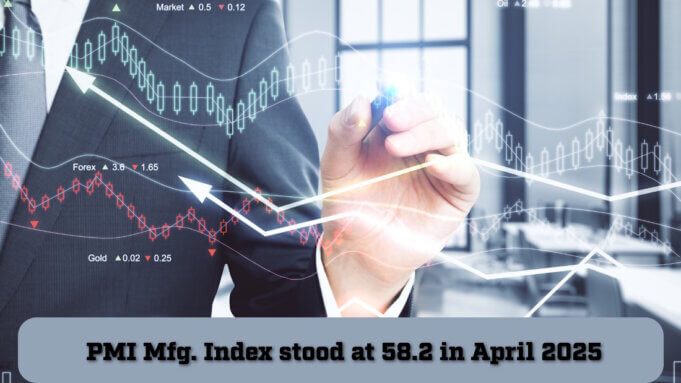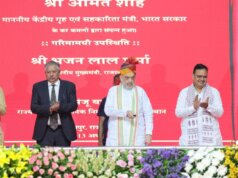In April 2025, the Indian manufacturing sector witnessed a strengthening of growth momentum, with production output rising at the fastest rate since June 2024. This acceleration was primarily driven by a strong and sustained expansion in new orders. Notably, international demand also played a significant role, marking the second-fastest growth in overseas sales since March 2011.
Considerable increases in employment and procurement activities accompanied this favourable development. The strong demand for Indian manufactured goods enhanced the pricing power of firms, resulting in the steepest hike in selling prices since October 2013, even though the rise in input costs was relatively moderate.
The HSBC India Manufacturing Purchasing Managers’ Index (PMI), adjusted for seasonal variations, edged slightly higher from 58.1 in March to 58.2 in April. Though the numerical increase was marginal, the index reflected the sharpest improvement in the sector’s health over the past ten months. This upturn was supported by quicker expansions in input stocks, staffing, and production levels. Particularly, consumer goods manufacturers led the growth across subsectors.
A major contributor to the improved output levels was the significant growth in new business, which remained nearly unchanged from March but represented the second-fastest rate in the last nine months. Survey respondents linked this growth to stronger demand both domestically and internationally.
In terms of cost pressures, input prices increased at the highest pace seen in the past four months, driven by higher expenses related to building maintenance, labour, leather, paper, rubber, steel, and transportation. However, the rate of cost inflation remained moderate, lagging behind the rise in selling prices. The surge in new orders also resulted in an increase in backlogs of work, which, while modest, reached a 15-month high.
To meet rising production needs, manufacturers continued to recruit more workers in April. Nine percent of survey respondents reported hiring additional staff, with a mix of permanent and temporary roles being filled. The scale of job creation was notable when viewed in historical context.
Purchasing activity also showed a significant increase, aligning with the expansion in new business. This sharp growth in procurement was partially aimed at building inventories. Indeed, input inventories recorded their highest growth since August 2024. On the other hand, inventories of finished goods declined at the fastest pace in nearly three and a half years.
Cover photo: www.pexels.com











